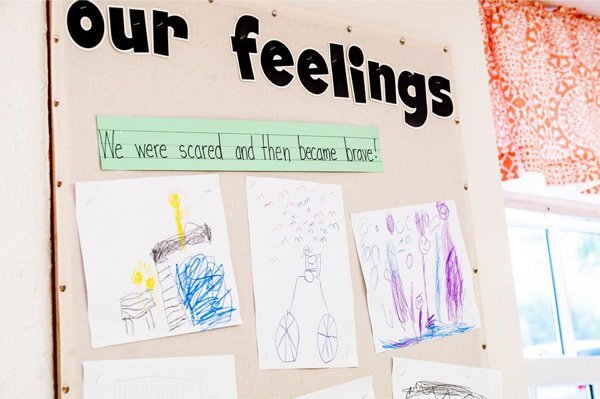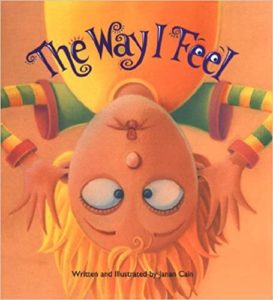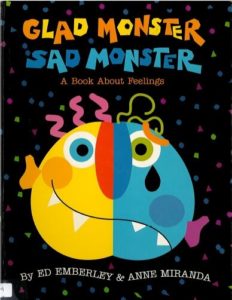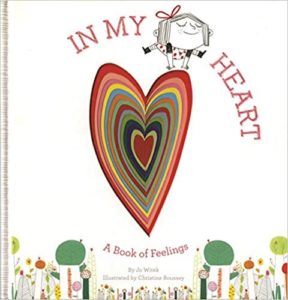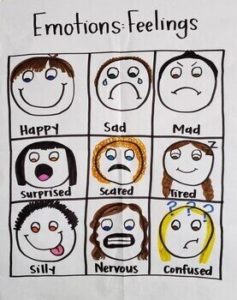Talking about feelings is especially important right now. This will help children to expand their emotional vocabulary and help them feel supported, as you acknowledge their feelings without judgment. At drop-off, we can say things like “I know it feels sad to say goodbye to dad after you guys spent so much time together at home. He’ll be back later today after we wake up from our naps.” It’s best to avoid comments like “you’re okay” or “don’t cry”. Even when coming from a good place, these types of statements can feel dismissive of children’s feelings and experiences. Rather than encouraging children to “be okay”, let them know that it’s natural to be angry, sad, or frustrated, and even to cry during times of stress.
Provide Comfort
Some children, when anxious or stressed, become more relaxed after they run around and get their energy out. Others might seek comfort in a cozy environment with soft lighting or a quiet activity, such as reading. Some children might also have a comfort item like a stuffed animal that helps them to cope. You might know each child well enough to know how to calm them when they are upset, but if you’re not sure, try a few activities, since different approaches work for different children. Or, check-in with parents to see what they do at home when their child is struggling with a stressful situation.
Empower Children to Take Control
The guidelines related to COVID-19 have changed several times since March. A lot of the changes have felt out of our control, and that uncertainty can be particularly stressful for children. For this reason, helping children to feel a sense of control can create more security. We can empower children by listening to them, helping them to feel informed, letting them make decisions, allowing them to take the lead, and following their interests. Here are a few examples:
-
When possible, let children know about changes ahead of time. This knowledge allows them time to prepare themselves (as best as they can at a young age), rather than feeling surprised or caught off guard.
-
Allow children to make decisions throughout the day (“which mask would you like to wear?” “would you like to read this book or that book?” “would you like to put your shoes on by yourself, or would you like my help?”). These small decisions can help children to feel more in control.
-
If children are interested in a particular activity, allow them to take the lead! Follow along with their interests and empower them to choose what game they would like to play or what materials they would like to play with.
For more information about supporting the children attending your program, check out Good2Know’s previous article, Big Changes and Big Feelings: Supporting Children’s Emotions During the Transition Back to Child Care (in both English and Spanish).
Providing Emotional Support at a Distance
If you are only seeing children over video calls, it can be trickier to know how they are doing. However, you can still support their emotions, even from a distance. With books and visual aids, we can introduce conversations about emotions and help children to better understand their feelings. The following ideas can be helpful for connecting with children while doing virtual learning but are also great resources for in-person teaching and caregiving.
Books for Discussing Feelings & Emotions
Reading a book about emotions can be a great way for children to think about how they are feeling that day. They might relate to some of the emotions or experiences of the characters. Using some of these books, we help children to become better equipped to discuss their feelings.



